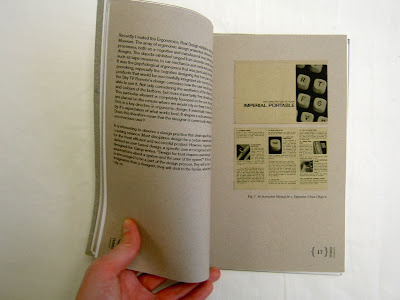This is the final model of the Guess the Time clock, as exhibited.








Now That's What I Call Cooking (feat. Talking Heads) from Rachel Howe on Vimeo.










 I like the idea of telling the time of day using colour.
I like the idea of telling the time of day using colour.





 I took one apart a little too much and now can't get it back together...
I took one apart a little too much and now can't get it back together... I'm sure it goes something like this though.
I'm sure it goes something like this though.



 I heart transparency paper.
I heart transparency paper.
